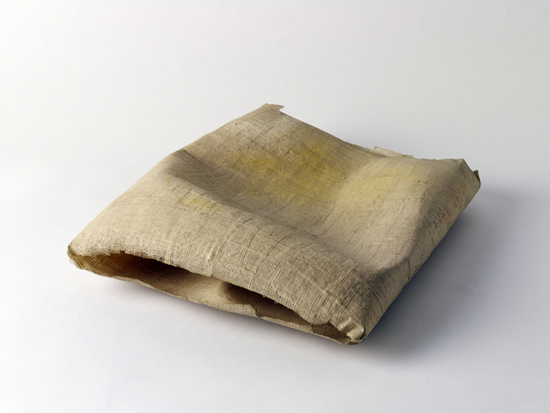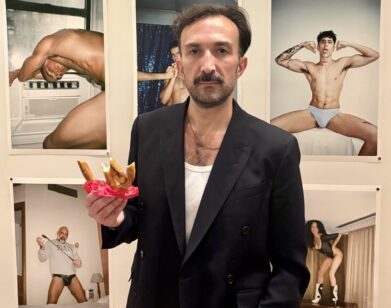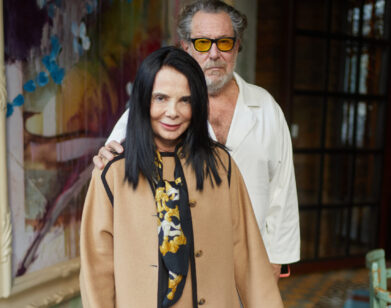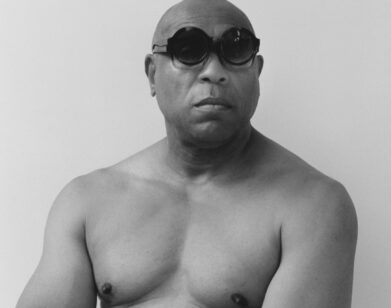Eva Hesse: A Woman’s Work Is in Perpetual Flux

NO TITLE, 1969. COURTESY HAUSER AND WIRTH
AND THE ESTATE OF EVA HESSE
Known for its fragile materiality and fragmentation, the sculpture of Eva Hesse is so bodily in its resilient preciousness that it commands intimacy. It’s also bound up in the ghost of Hesse, the woman who overcame the trauma of escaping the Nazis and a mother’s suicide, as well as the competition of New York’s boys club, to produce a remarkable body of work and a cult of personality in just the ten short years of her career before her untimely death. That overlap of life and work are one reason why the current show of Eva Hesse’s work at Hauser and Wirth in New York, an exhibition of 14 pieces described by critic Briony Fer as “studioworks”—prototypes or models for later works—reflects surprisingly well the character of her fuller works. Presented on large platforms in unsystematic, casual, groupings that call to mind the artist’s studio and constructed from such flimsy, delicate material as papier-caché and cheesecloth, these items are in a state of perpetual flux. At once shadows, premonitions, and sculptures in their own right, their fragile existences allow them to weave in between states of being, constantly evading definition and defying standards of objecthood.
WORK BY EVA HESSE OPENS TONIGHT, 6–8 PM. HAUSER AND WIRTH IS LOCATED AT 32 EAST 69 STREET, NEW YORK.






